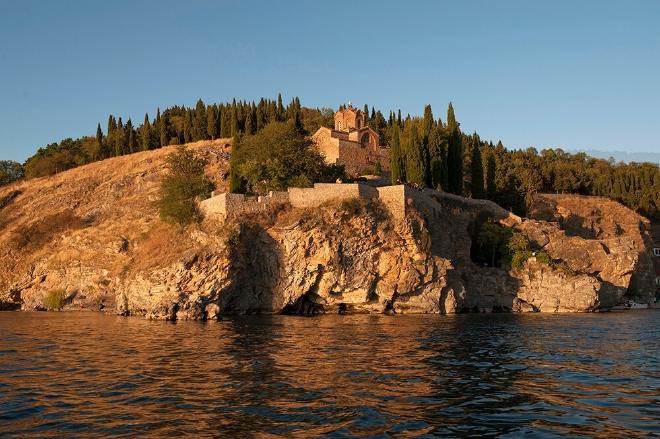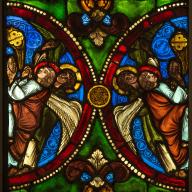
A small Byzantine church stands on the steep shore of a lake, surrounded by towering trees—a scene so picturesque it could have been painted by a bucolic artist. If asked to distinguish between the natural and cultural elements of this landscape, most of us would feel confident in our choices. Yet, the reality may be more complex than it seems.
Cultural Heritage, or more precisely Cultural Property, was legally defined at the international level by the 1954 Hague Convention (UNESCO 1954) as “(…) movable or immovable property of great importance to the cultural heritage of every people.” This definition encompasses architecture, works of art, archaeological sites, ancient books and archives, and scientific collections.
Natural Heritage received formal international recognition in 1972 through the UNESCO Convention that established the World Heritage Programme. This framework defines natural heritage as “(…) natural features consisting of physical and biological formations, (…) geological and physiographical formations, (…) natural sites (…)” that possess outstanding aesthetic or scientific value (UNESCO 1972). This Convention laid the foundation for the World Heritage List, which includes both Cultural Properties and Natural Properties.
The introduction of the category of “mixed cultural and natural heritage” by UNESCO in 2005 highlights the challenge of drawing a clear distinction between these two domains.
The separation between Nature and Culture is a perspective deeply rooted in European and Western thought. This division is typically associated with the rise of the Modern Era and was reinforced by the Industrial Revolution and the spread of Positivism. However, this approach to reality – and Heritage as a part of it – is not common to every human social group and even the Western approach is diverse in its distribution and adoption. Many Indigenous societies, as well as a significant portion of Eastern cultures, view Nature and Culture as part of a continuous whole. The opening example is inspired by the “Natural and Cultural Heritage of the Ohrid region”, a mixed cultural and natural heritage from the World Heritage List shared between Albania and North Macedonia.
A striking example of the evolving relationship between Nature and Culture occurred on Thursday, January 30, 2025, when New Zelander lawmakers recognised Mount Taranaki Maunga as a legal person. This decision grants the mountain the same rights and responsibilities as a human being, in accordance with its status as an ancestor in Māori tradition. This case is a perfect example of the richness and complexity of Heritage that directly reverberate on the formal definition of the domain for the creation of a digital ontology, a challenging task that must be approached from multiple sides.
Bibliography#
UNESCO. 1954. “Final Act of the Intergovernmental Conference on the Protection of Cultural Property in the Event of Armed Conflict, The Hague, 1954.” The Hague. https://unesdoc.unesco.org/ark:/48223/pf0000082464.
UNESCO. 1972. “Convention concerning the Protection of the World Cultural and Natural Heritage, adopted by the General Conference at its 17th session, Paris, 16 November 1972” Paris. https://unesdoc.unesco.org/ark:/48223/pf0000002091.
UNESCO. 2005. “Operational Guidelines for the Implementation of the World Heritage Convention”. https://whc.unesco.org/en/decisions/6165.
Cite as:
Valente, R. (2025). Nature and Culture. Zenodo. https://doi.org/10.5281/zenodo.15167149
